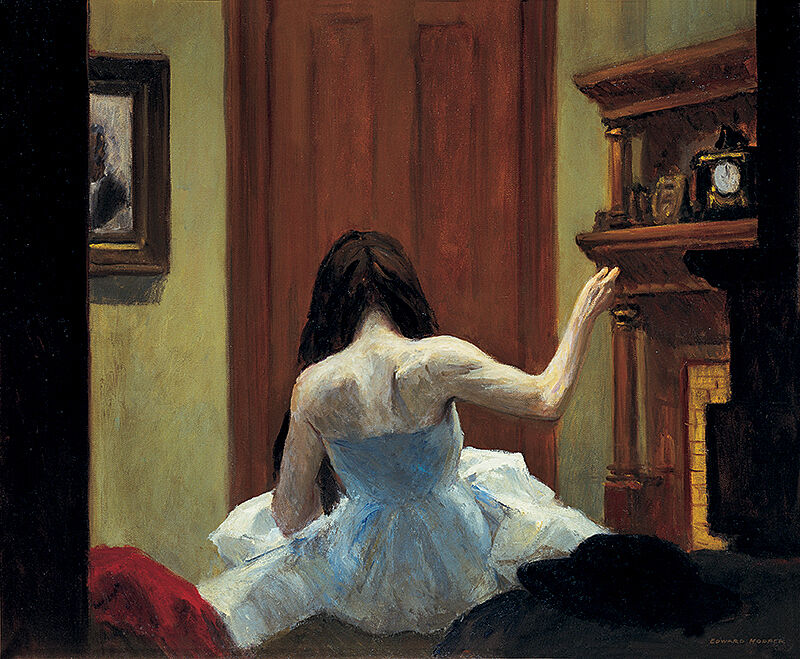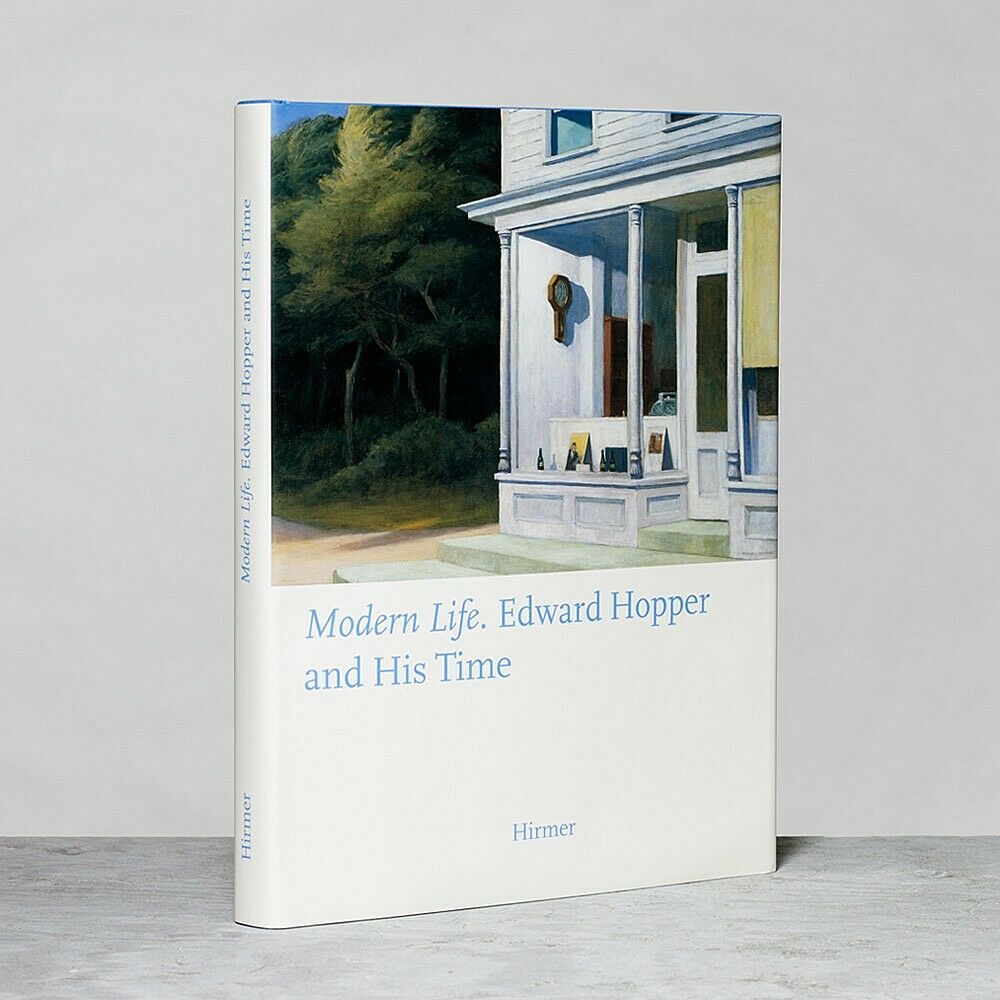Modern Life: Edward Hopper and His Time
Oct 28, 2010–Apr 10, 2011
Modern Life: Edward Hopper and His Time
Modern Life: Edward Hopper and His Time traces the development of realism in American art between 1900 and 1940, emphasizing the diverse ways that artists depicted the sweeping transformations in urban and rural life that occurred during this period. The exhibition highlights the work of Edward Hopper, whose use of the subject matter of modern life to portray universal human experiences made him America’s most iconic realist painter of the 20th century. Drawn primarily from the Whitney Museum’s extensive holdings, Modern Life places Hopper’s achievements in the context of his contemporaries—the Ashcan School painters with whom he came of age as an artist in the century’s first decades, the 1920’s Precisionist artists, whose explorations of abstract architectural geometries mirrored those of Hopper, and a younger generation of American Scene painters, who worked alongside Hopper in New York during the 1930s. Modern Life: Edward Hopper and His Time includes approximately 80 works in a range of media by Hopper and artists such as John Sloan, Alfred Stieglitz, Edward Steichen, Paul Strand, Charles Demuth, Guy Pène du Bois, Charles Sheeler, Charles Burchfield, Ben Shahn, Reginald Marsh. The show is accompanied by a 250-page illustrated catalogue with essays by American and German scholars, produced in conjunction with an exhibition of the same title which appeared at the Bucerius Kunst Forum, Hamburg, and the Kunsthal Rotterdam in 2009-10.
Modern Life: Edward Hopper and His Time is organized by Barbara Haskell and Sasha Nicholas.
Generous support is provided by
Additional support is provided by The Cowles Charitable Trust and The Gage Fund.
Media Partners WNET.ORG and New York magazine
Events
View all-
Members-only Morning Viewing Hours
Sunday, March 20, 2011
9–11 am -
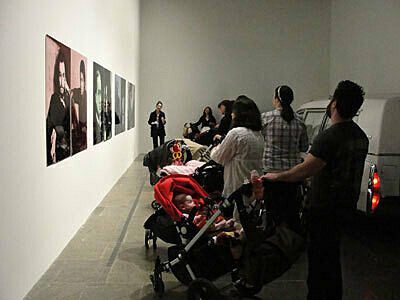
Modern Life: Edward Hopper and His Time
Friday, February 18, 2011
12–1 pm -
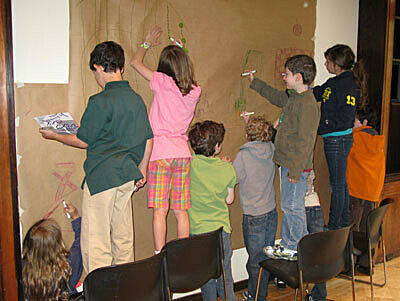
Art School: Figuring Out the Figure
Saturday, February 5, 2011
1:30–3:30 pm -
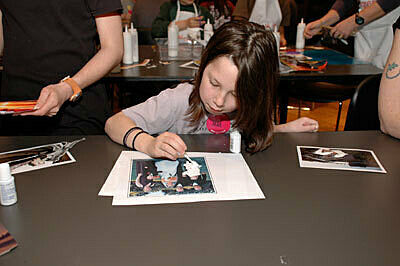
Family Fun Art Workshop: Cityscapes and Landscapes
Saturday, February 5, 2011
10:30 am–12:30 pm
Publication
Modern Life: Edward Hopper and His Time
Modern Life: Edward Hopper and His Time traces the development of realism in American art between 1900 and 1940, emphasizing the diverse ways that artists depicted the sweeping transformations in urban and rural life that occurred during this period. The exhibition highlights the work of Edward Hopper, whose use of the subject matter of modern life to portray universal human experiences made him America’s most iconic realist painter of the 20th century. Drawn primarily from the Whitney Museum’s extensive holdings, Modern Life places Hopper’s achievements in the context of his contemporaries—the Ashcan School painters with whom he came of age as an artist in the century’s first decades, the 1920’s Precisionist artists, whose explorations of abstract architectural geometries mirrored those of Hopper, and a younger generation of American Scene painters, who worked alongside Hopper in New York during the 1930s.
Modern Life: Edward Hopper and His Time includes approximately 80 works in a range of media by Hopper and artists such as John Sloan, Alfred Stieglitz, Edward Steichen, Paul Strand, Charles Demuth, Guy Pène du Bois, Charles Sheeler, Charles Burchfield, Ben Shahn, Reginald Marsh.
Hardcover, 250 pages.
In the News
Video: Curator Barbara Haskell walks through the exhibition
--WNET/Thirteen Sunday Arts
Review: "The Whitney's Good Friend is Joined by Some of His"
--The New York Times
Review: "It relieves Hopper from his 'lonely,' iconic status, clarifying his indebtedness to his time and honing our understanding of his originality."
--The Boston Globe
Review: "a suberb, intelligent exhibition, intimating the extent to which Hopper was both of his time and spectacularly beyond it."
--The Financial Times
Review: "curator Barbara Haskell and assistant Sasha Nicholas have done a service for Hopper's many fans by showing his work within the broader artistic community of his era."
--USA Today
Review: "The show gives us the unlikely experience of seeing Hopper the great loner in the context of his friends."
--The New York Observer
Video: Steve Martin discusses Hopper and walks through the exhibition as part of profile of Martin's career
--CBS Sunday Morning
"In Early Sunday Morning (1930) we look out rather than in, but the piercing loneliness is just as palpable."
--The New York Times, Ken Johnson's favorite paintings in New York
"Hopper is both a dreamer and a dream-slayer; he stills fashion, hope, solace, and conviction. He did that in his era; he can do it now."
--New York
An interview with exhibition co-curator Sasha Nicolas
--amNY
"Must See Arts in the City"
--WNYC Culture Blog

